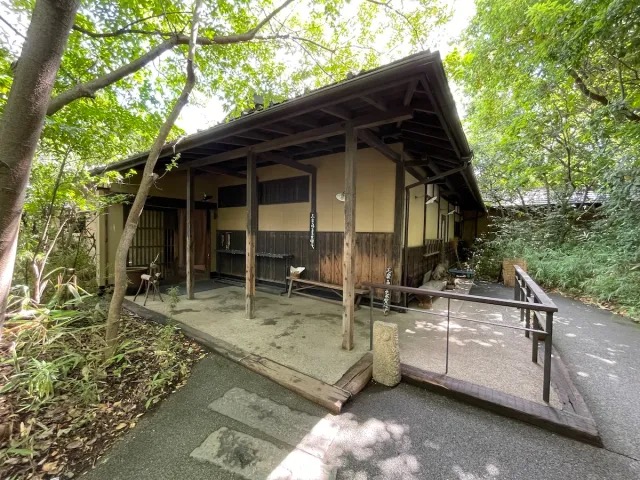
A secret gem you won’t find in travel guides.
There are lots of hidden hot springs in Japan that get write-ups in travel guides, leading them to become not-so-secret in the end as tourists descend upon them. However, here at SoraNews24, we’re all about revealing the true gems that are often only known by locals, and today we have one that’s not only beautiful but also an affordable place to stay.
Called Jomon Natural Hot Spring Shiraku no Yu, this facility is located in Kawasaki City in Tokyo’s neighbouring Kanagawa Prefecture, and it’s just 30-40 minutes by train from Tokyo Station.
▼ The easiest way to get there is to get off at Yako Station, two stations past JR Kawasaki Station, and from there it’s a six-minute walk.
The area in front of the station is quite lively with restaurants, supermarkets and drug stores, but after a short walk, the scenery transforms into a quiet residential neighbourhood. Then, a forest of trees suddenly comes into view, with the entrance to the accommodation facility glowing faintly in the distance, inviting you to step into a different world.
This is the Kawasaki Lifelong Training Centre, a facility that accommodates guests for overnight training courses, seminars, meetings, social gatherings…and regular overnight stays.
The Shiraku no Yu hot spring is attached to this facility so guests have unlimited access to it during opening hours throughout their stay. First, though, you have to check in at reception and pay the accommodation fee, which is priced from 5,850 yen (US$39.88) per night.
The high ceilings and art on the walls make it feel like a museum, although when we arrived after 10:30 p.m. it was more like something out of Night at The Museum.
▼ At this time of night there was nobody around, so in the dining hall…
▼…we could make ourselves a cup of tea without anyone watching.
According to staff, the hot springs are open until 11:30 p.m., so we made a point to remember their location as we made our way to our room.
▼ 温泉 (“onsen” or “hot spring”) to the left, 客室 (“kyakushitsu” or “guest rooms”) to the right.
The hall leading to our room was lined with paintings, and though there were many doors here, there was no mistaking ours, because…
▼ …it was wide open, awaiting our arrival.
▼ The room was small, but it had everything we needed for a comfortable stay.
While there are no toothbrushes provided (so you’ll need to bring one or purchase one from reception) there was a yukata and a set of two towels on the bed, so after changing into the comfy outfit, it was time to head out to the hot spring…and get a little lost along the way.
By day, we wouldn’t think twice about wandering through the building like this, but at night it was honestly scary. Not only were the lights at a bare minimum as an energy-saving measure, but there were insects hopping along the hall, paintings that looked like they were about to spring to life, and even toy dogs on a bench.
▼ It was so eerie we felt as if we’d been whisked away to an unknown world far away from the big city.
After passing through the quiet L-shaped corridor, we arrived at a slipper storage area, which made us think the hot spring must be just beyond this point.
However, the next spot turned out to be a large lounge area, with comfy chairs and loads of paraphernalia bringing to life the Jomon period (c. 14,000-300 BC), from which the hot spring takes its name.
▼ This area also had the feel of a museum, with the commitment to art being truly impressive.
As it was late at night, one section had been curtained off and it looked like it was leading to a dead end, but as we got closer to the sliding door in the distance we could see…
▼ …an otter?
This looked like a door to a hidden entrance, and with the otter seemingly waving us forward to check it out, we stepped through to find a beautiful passageway.
▼ The floorboards creaked underfoot, adding to the eerie atmosphere.
Stepping through the next door took us into the main floor of the building, which, with its brightly lit shops, rest areas and snack corners, had a much more inviting atmosphere.
However, there was still a way to go to get to the hot spring, with the route taking us out of the building yet again.
▼ This time, the outside hallway was wide, solidly built and easy to walk through, giving us a glimpse into the courtyard that added an air of elegance.
After enjoying the night breeze, this hallway leads into the hot spring, where more Jomon-related objet d’art are ready to greet you.
▼ Women’s bath on the left, men’s on the right.
The lockers in the changing rooms are the type that lock when you insert a 100-yen coin so you’ll want to bring a coin with you if you want to keep your belongings secure. Like many hot springs, photography inside the bathing area is not permitted, but official photos taken by the facility give you a good idea of what it looks like.
The bathroom is larger and more open-plan than the photos let on, and one surprising feature is the texture of the floor, which isn’t completely flat but rough and undulating, like a sandy shore. The surface feels great on your feet, as if it’s stimulating all the right pressure points, and with the wood and reed features, it gives the place a prehistoric jomon-like vibe.
There are plenty of washing stations and a variety of baths, as well as a dry sauna, which feels invigorating when followed by a plunge in the cold water tub. However, the most impressive baths, in our opinion, were the large indoor one with a huge wooden pillar and windows…
▼ …and the open-air outdoor bath, which is surrounded by trees, making it feel like a secret hot spring in the middle of a forest.
The quietness of the outdoors, combined with the sound and scenery of the hot springs, is truly soothing. The bottom of the outside bath contains rugged rocks, creating an uneven surface that takes you back to the prehistoric age, and the water is “fossil seawater“, an ancient seawater trapped 1,300 metres (4,265 feet) underground, which has a high salt concentration that warms the core of your body and leaves your skin feeling soft and smooth.
The air seems somehow crisper here, and you’ll forget that you’re actually in a busy city. After a good, long soak, you’ll feel so relaxed that the only thought on your mind will be tumbling into bed for sleep.
The bed was super comfy, offering a good night’s sleep, and the next day we treated ourselves to another luxurious soak in the open-air bath when it opened at 8:00 a.m.
With checkout at 11:00 a.m., there’s plenty of time to enjoy the baths before heading back out into the real world again. It’s honestly surprising that such a hideaway exists less than an hour out of Tokyo, and while it can easily be visited on a day trip, an overnight stay is worth it as you get to enjoy the baths outside of regular business hours, late at night and early in the morning.
So next time you’re searching for a secret hot spring that’s not on a World Heritage-listed island in the middle of nowhere, you might want to keep this place in mind. It’s one of a number of unusual accommodation finds hiding in the city.
Site information
Jomon Natural Hot Spring Shiraku no Yu / Kawasaki Lifelong Training Centre
Address: Kanagawa-ken, Kawaski-shi, Saiwai-ku, Tsukagoe 4-314-1
神奈川県川崎市幸区塚越4-314-1
Website (hot spring)
Website (acommodation)
Related: Rakuten Travel
Photos ©SoraNews24
● Want to hear about SoraNews24’s latest articles as soon as they’re published? Follow us on Facebook and Twitter!
[ Read in Japanese ]

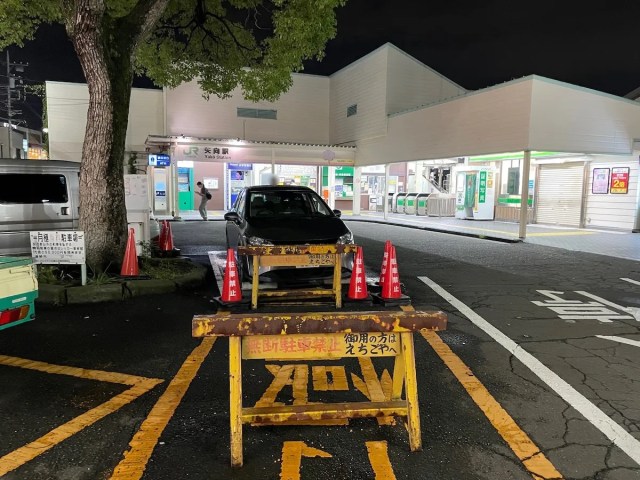
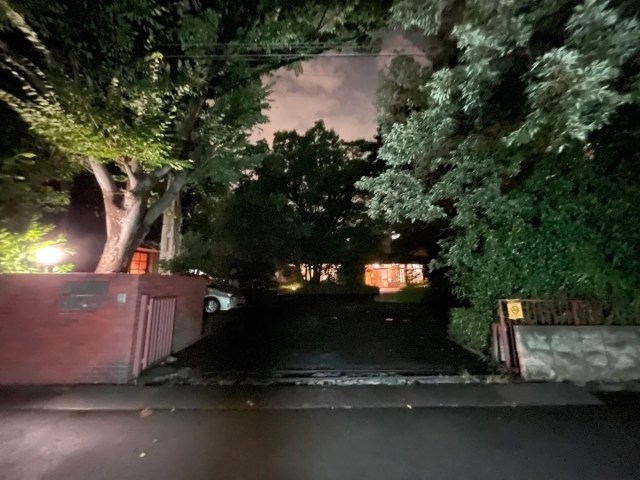
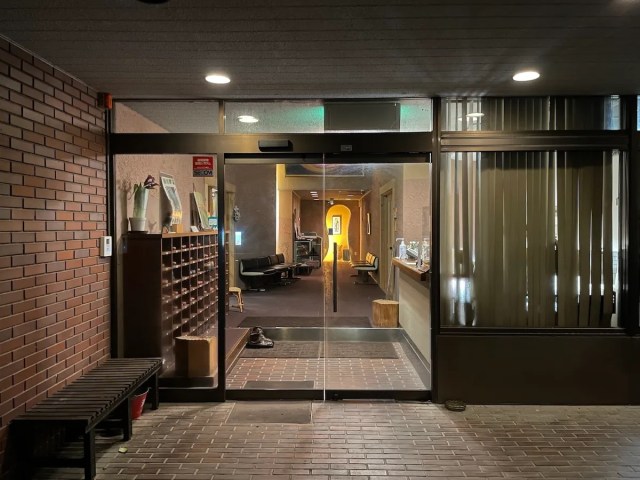
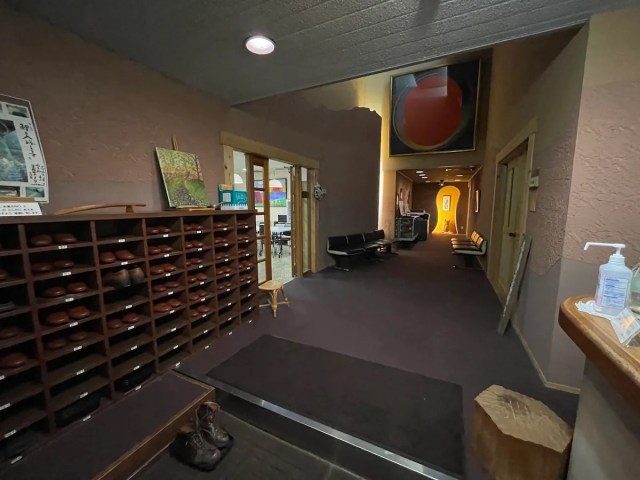
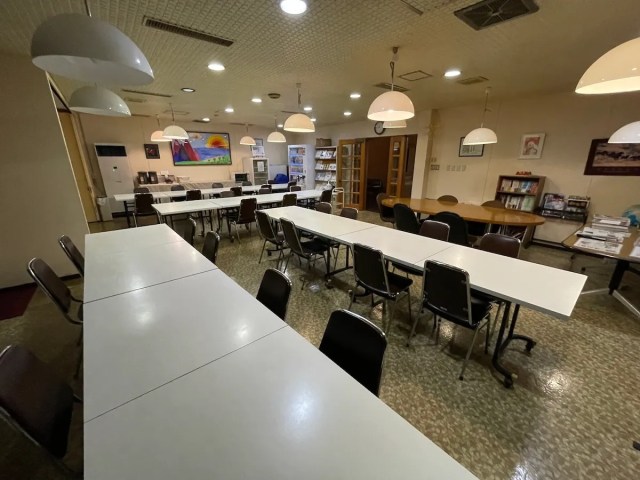
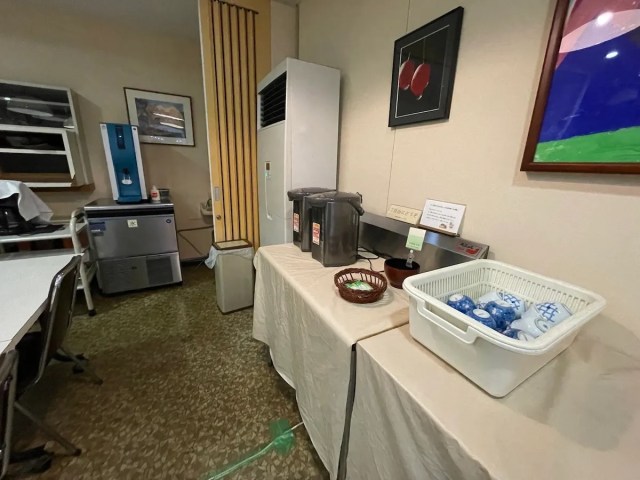
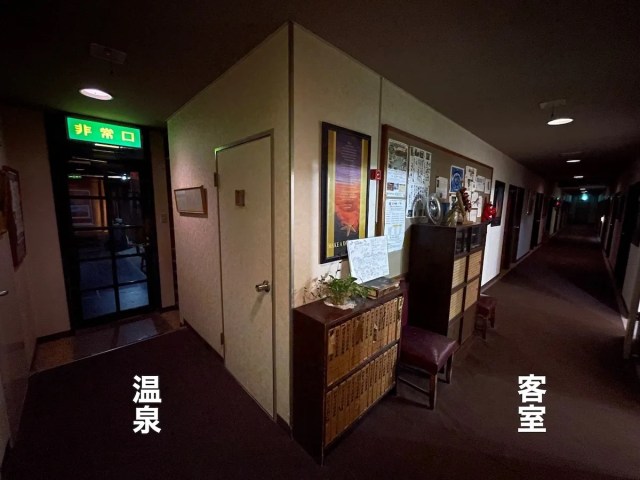
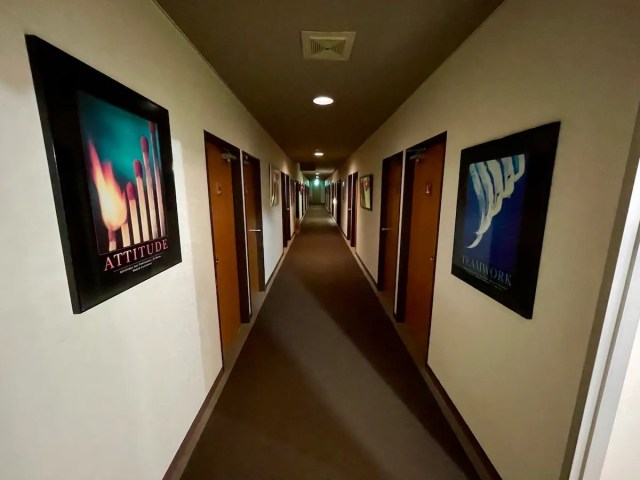
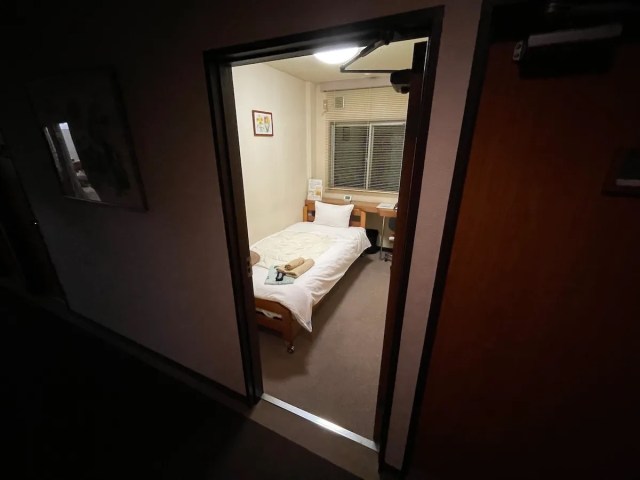
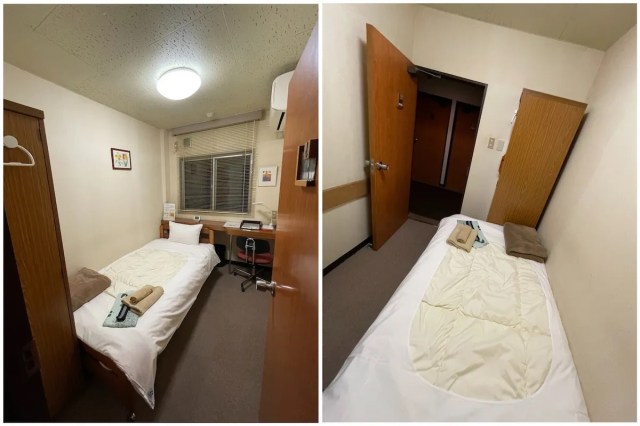
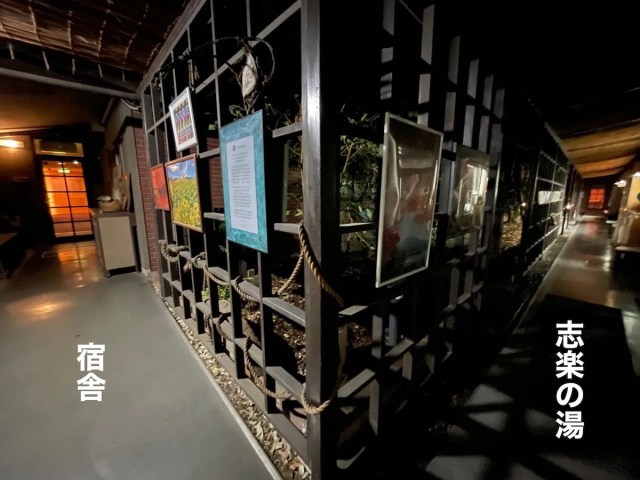
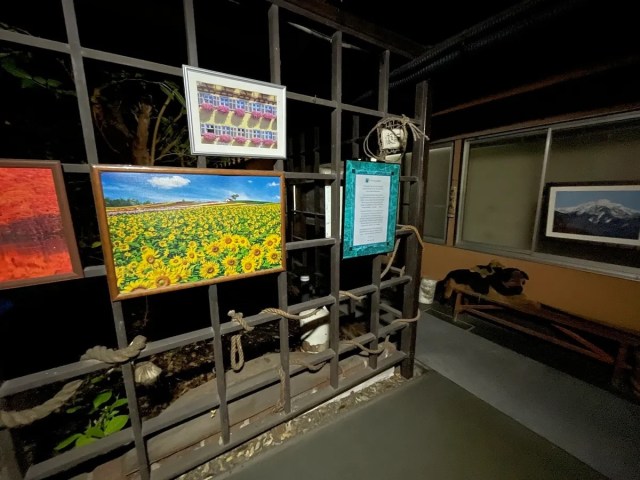
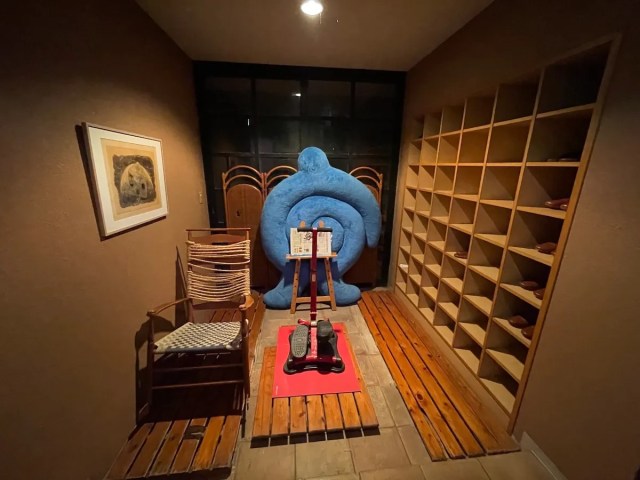
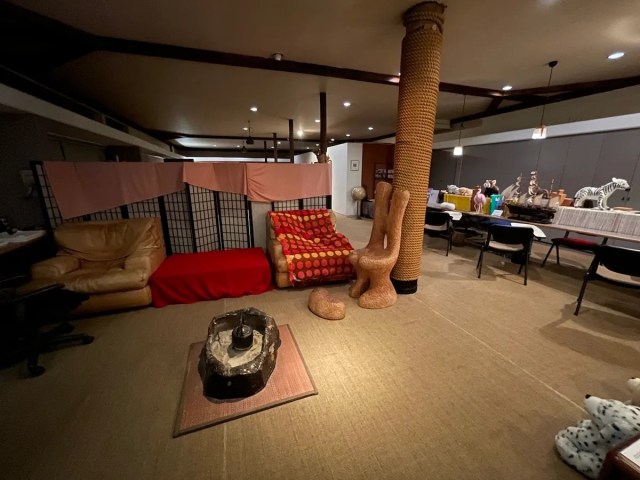
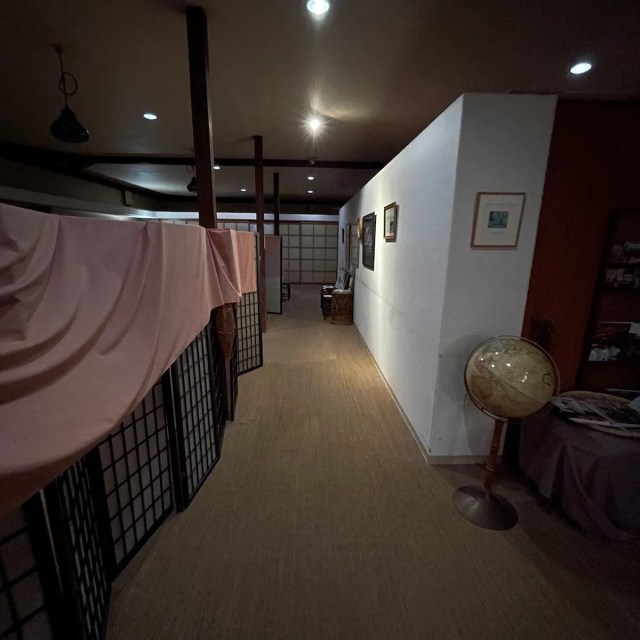
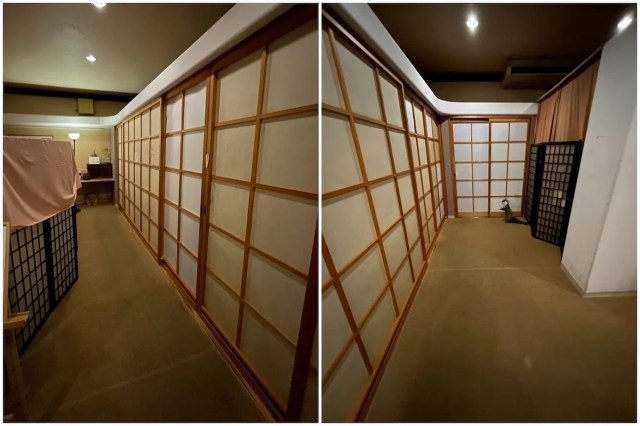
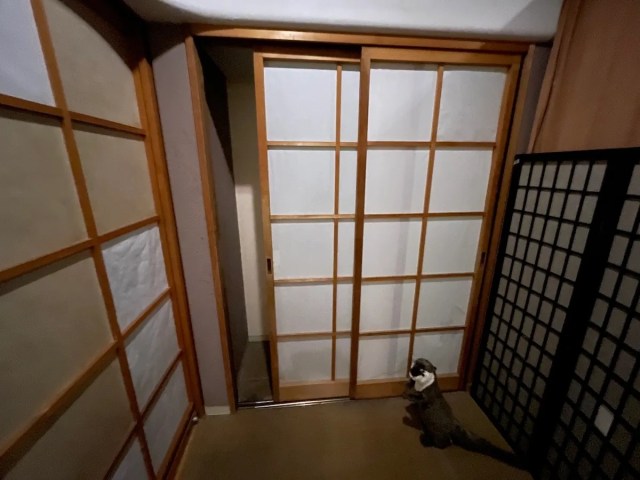
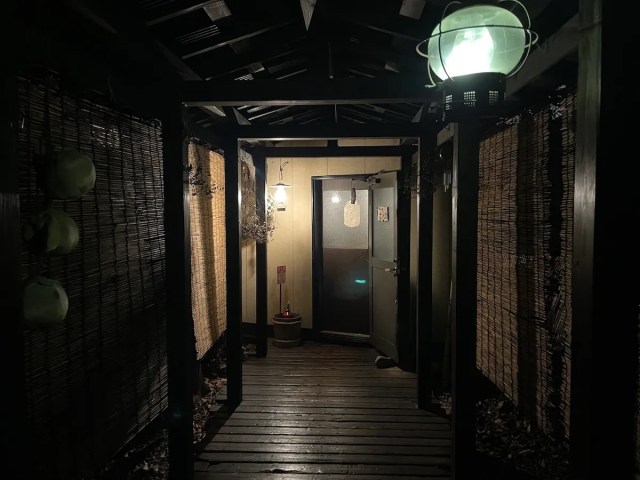

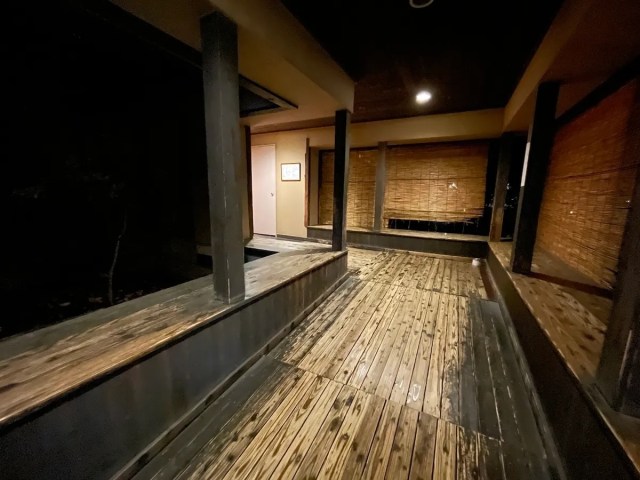
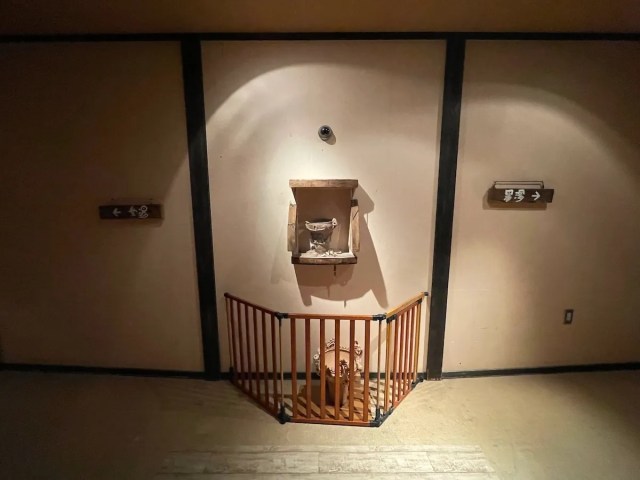
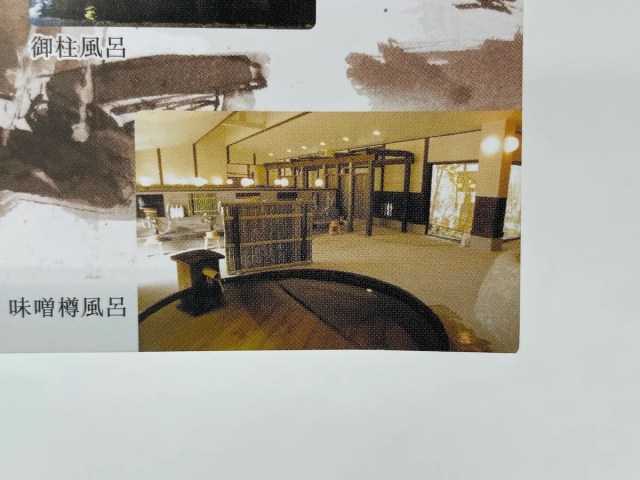
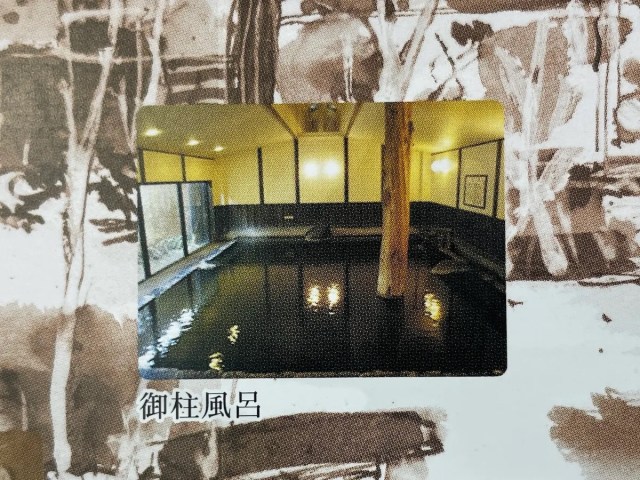
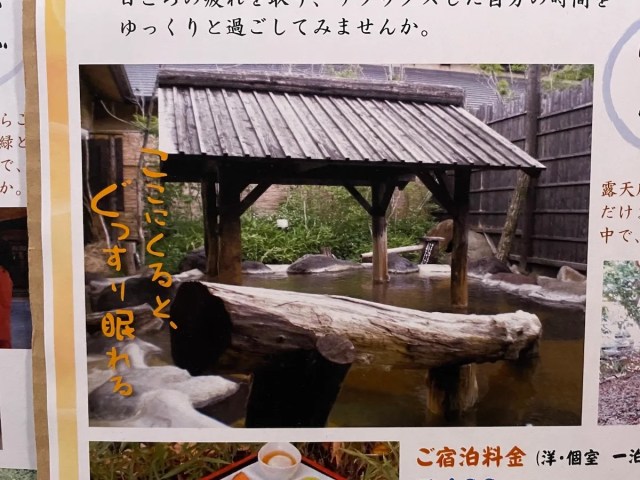
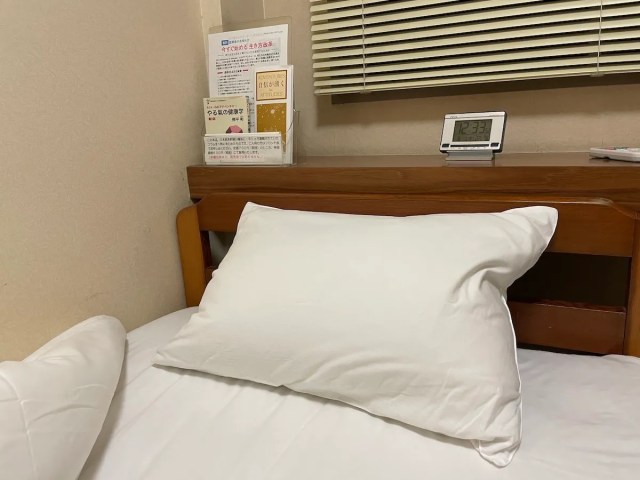
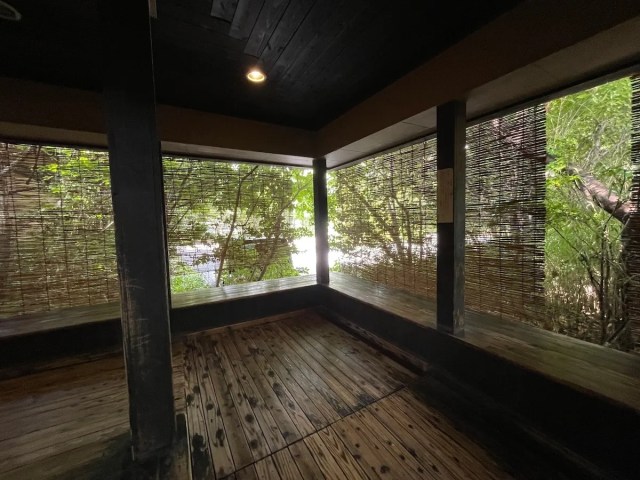
 Secret hot spring onsen in Japan is a hidden gem waiting to be discovered by tourists
Secret hot spring onsen in Japan is a hidden gem waiting to be discovered by tourists Secret onsen hot spring is a hidden gem in Tokyo
Secret onsen hot spring is a hidden gem in Tokyo Cheap Japanese ryokan at Kusatsu Onsen is hidden at the back of a traditional store
Cheap Japanese ryokan at Kusatsu Onsen is hidden at the back of a traditional store Japanese house is actually a cheap hotel where you can stay for US$24 a night
Japanese house is actually a cheap hotel where you can stay for US$24 a night Lucky accommodation plan in Japan includes shrine visit and onsen hot spring inn stay
Lucky accommodation plan in Japan includes shrine visit and onsen hot spring inn stay We followed Tokyo’s mystery walking map and ended up creating our own bar-hopping adventure
We followed Tokyo’s mystery walking map and ended up creating our own bar-hopping adventure Japanese women showing rebounding interest in giving Valentine’s Day chocolate【Survey】
Japanese women showing rebounding interest in giving Valentine’s Day chocolate【Survey】 Starbucks Japan releases new drinkware and goods for Valentine’s Day
Starbucks Japan releases new drinkware and goods for Valentine’s Day Hokkaido has an Ice Festival that’s less famous than the Snow one, but beautiful in its own way
Hokkaido has an Ice Festival that’s less famous than the Snow one, but beautiful in its own way Best practices for celebrating Coming of Age Day for those turning 18, 20, or both in Japan
Best practices for celebrating Coming of Age Day for those turning 18, 20, or both in Japan Starbucks Japan releases new Frappuccino and latte for Valentine’s Day
Starbucks Japan releases new Frappuccino and latte for Valentine’s Day Fast food sukiyaki: One of the greatest things about autumn/winter in Japan!
Fast food sukiyaki: One of the greatest things about autumn/winter in Japan! [Quiz] How Well Do You Know Your Japanese Hand Gestures?
[Quiz] How Well Do You Know Your Japanese Hand Gestures? Say hello to Japan’s new stationmaster cat!【Video】
Say hello to Japan’s new stationmaster cat!【Video】 New adults go wild at Seijinshiki Coming-of-Age ceremony in Kitakyushu, Japan 【Photos】
New adults go wild at Seijinshiki Coming-of-Age ceremony in Kitakyushu, Japan 【Photos】 10 times to avoid traveling in Japan in 2026
10 times to avoid traveling in Japan in 2026 Our 52-year-old pole dancing reporter shares his tips for achieving your New Year’s exercise goal
Our 52-year-old pole dancing reporter shares his tips for achieving your New Year’s exercise goal Ramen restaurant’s English menu prices are nearly double its Japanese ones, denies discriminating
Ramen restaurant’s English menu prices are nearly double its Japanese ones, denies discriminating Umamusume anime girl plushie recalled for having parts she absolutely should not have【Pics】
Umamusume anime girl plushie recalled for having parts she absolutely should not have【Pics】 Princess Mononoke magnets return just in time to treat yourself to awesome anime decorations
Princess Mononoke magnets return just in time to treat yourself to awesome anime decorations Top Japanese cosplayer Enako returns to Comiket after 6 years, creates mayhem with admirers
Top Japanese cosplayer Enako returns to Comiket after 6 years, creates mayhem with admirers Giant hotel rooms in Osaka reflect the new non-niche face of travel in Japan.
Giant hotel rooms in Osaka reflect the new non-niche face of travel in Japan. We ate sushi made from Japan’s most expensive tuna ever【Taste test】
We ate sushi made from Japan’s most expensive tuna ever【Taste test】 Japanese beef bowl chain Sukiya’s 2026 Smile Box lucky bag basically pays for itself
Japanese beef bowl chain Sukiya’s 2026 Smile Box lucky bag basically pays for itself Starbucks Japan ready to get Year of the Horse started with adorable drinkware and plushies【Pics】
Starbucks Japan ready to get Year of the Horse started with adorable drinkware and plushies【Pics】 7-Eleven Japan starts new temporary luggage storage service in over 300 branches
7-Eleven Japan starts new temporary luggage storage service in over 300 branches Disillusionment at Tsukiji’s tourist-target prices led us to a great ramen restaurant in Tokyo
Disillusionment at Tsukiji’s tourist-target prices led us to a great ramen restaurant in Tokyo Starbucks teams up with 166-year-old Kyoto doll maker for Year of the Horse decorations【Photos】
Starbucks teams up with 166-year-old Kyoto doll maker for Year of the Horse decorations【Photos】 Tokyo’s Tsukiji sushi neighborhood asks tour groups to stay away for the rest of the month
Tokyo’s Tsukiji sushi neighborhood asks tour groups to stay away for the rest of the month Japan may add Japanese language proficiency, lifestyle classes to permanent foreign resident requirements
Japan may add Japanese language proficiency, lifestyle classes to permanent foreign resident requirements Survey asks foreign tourists what bothered them in Japan, more than half gave same answer
Survey asks foreign tourists what bothered them in Japan, more than half gave same answer Japan’s human washing machines will go on sale to general public, demos to be held in Tokyo
Japan’s human washing machines will go on sale to general public, demos to be held in Tokyo We deeply regret going into this tunnel on our walk in the mountains of Japan
We deeply regret going into this tunnel on our walk in the mountains of Japan Studio Ghibli releases Kodama forest spirits from Princess Mononoke to light up your home
Studio Ghibli releases Kodama forest spirits from Princess Mononoke to light up your home Major Japanese hotel chain says reservations via overseas booking sites may not be valid
Major Japanese hotel chain says reservations via overseas booking sites may not be valid Put sesame oil in your coffee? Japanese maker says it’s the best way to start your day【Taste test】
Put sesame oil in your coffee? Japanese maker says it’s the best way to start your day【Taste test】 No more using real katana for tourism activities, Japan’s National Police Agency says
No more using real katana for tourism activities, Japan’s National Police Agency says Starbucks Japan reveals new sakura drinkware collection, inspired by evening cherry blossoms
Starbucks Japan reveals new sakura drinkware collection, inspired by evening cherry blossoms Updated cherry blossom forecast shows extra-long sakura season for Japan this year
Updated cherry blossom forecast shows extra-long sakura season for Japan this year Human washing machine pods coming to Japanese hotels【Photos】
Human washing machine pods coming to Japanese hotels【Photos】 Hidden gem in Tokyo: Black water hot spring hotel
Hidden gem in Tokyo: Black water hot spring hotel The perfect budget-friendly hot spring hotel near Narita Airport
The perfect budget-friendly hot spring hotel near Narita Airport Japan’s top five retro hot springs for a time trip back to the onsen past, as chosen by travelers
Japan’s top five retro hot springs for a time trip back to the onsen past, as chosen by travelers Low-cost Japanese inn welcomes foreign guests with hot springs, sake tastings, cosplay backdrops
Low-cost Japanese inn welcomes foreign guests with hot springs, sake tastings, cosplay backdrops Cheap capsule hotel in Kyoto is open to everyone, comes with free all-you-can-drink alcohol
Cheap capsule hotel in Kyoto is open to everyone, comes with free all-you-can-drink alcohol Onsen hot spring with Mt Fuji views has one of the best rotenburo in Japan
Onsen hot spring with Mt Fuji views has one of the best rotenburo in Japan Hakone onsen ryokan offers crazy cheap “Gimme a flippin’ break from the coronavirus” room deals
Hakone onsen ryokan offers crazy cheap “Gimme a flippin’ break from the coronavirus” room deals The 10 best hotel hot springs in Japan, as chosen by Japanese travelers
The 10 best hotel hot springs in Japan, as chosen by Japanese travelers Secret tent onsen in the forest is one of the most unusual hot springs in Japan
Secret tent onsen in the forest is one of the most unusual hot springs in Japan 1 Night 1980 Hostel Tokyo offers cheap accommodation for US$14 a night but is it any good?
1 Night 1980 Hostel Tokyo offers cheap accommodation for US$14 a night but is it any good? Soak in a secret Japanese onsen hot spring…in a dilapidated old building
Soak in a secret Japanese onsen hot spring…in a dilapidated old building Hyotan Onsen – Japan’s only hot spring with three Michelin stars
Hyotan Onsen – Japan’s only hot spring with three Michelin stars Japanese onsen hot spring comes with 99 types of soy sauce for visitors
Japanese onsen hot spring comes with 99 types of soy sauce for visitors Japan’s top 10 open-air hot spring baths with cherry blossom views【Survey】
Japan’s top 10 open-air hot spring baths with cherry blossom views【Survey】 Secret unstaffed hot spring in Japan will make you feel like you’ve been spirited away
Secret unstaffed hot spring in Japan will make you feel like you’ve been spirited away
Leave a Reply